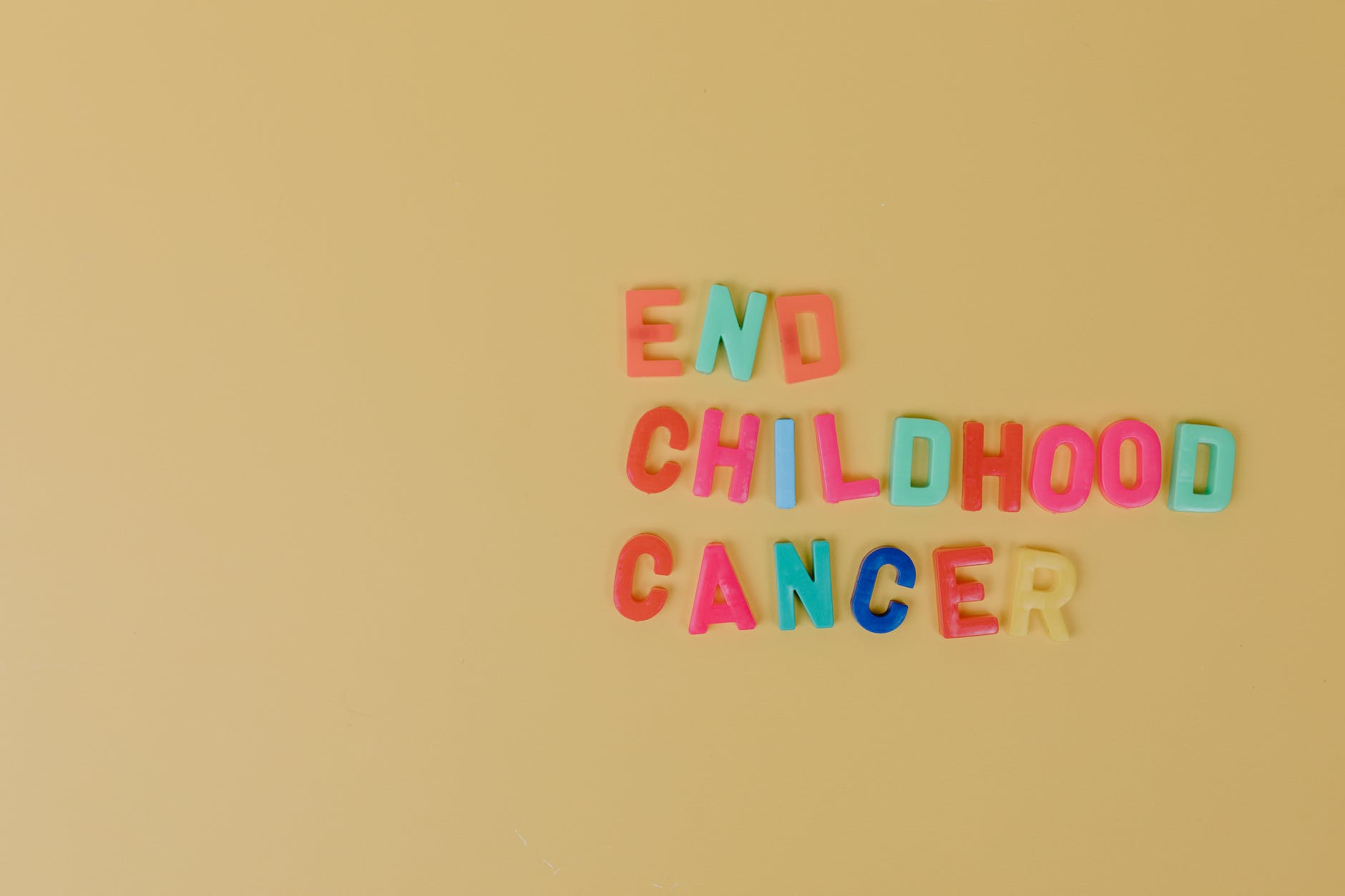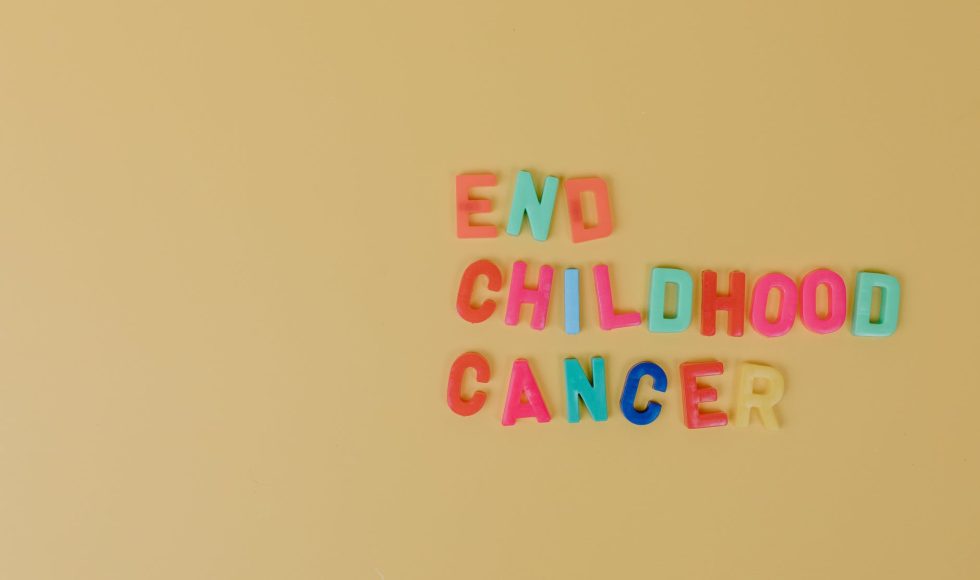Jeremy Wang from the University of North Carolina at Chapel Hill presented at London Calling 2023 on “Low-cost nanopore transcriptomics enables robust characterisation of diverse tumour types in low- resource settings.” They spoke about the variation in global childhood cancer five year survival. It was startling to see on a map the differences by region/country. They reviewed the clinical and cellular phenotype methods to characterize cancers. Wang and team used Nanopore transcriptomic classification. They do bulk transcriptome analyses with cDNA. Wang and team tried several different library prep kits. One of the major sources of variation they noted was the quality of RNA. They have done cryopreserved bone marrow to preserved FFPE tissue. They do PCR cDNA primarily on the FFPE samples. With the FFPE samples they obtain shorter cDNA fragments and sequences, yet still enough throughput to analyze data. Wang is a computer scientist and developed a partial least-squares regression + SVM classifier: it is a variant of PCA. The goal is to visualize and discriminate types. The method produces a prediction probabilities. Wang shared a plot of leukemia classification results with the y-axis for confidence: most were high with some x to note the incorrect calls. They have also performed probability profiles for different cells primarily from archival samples at UNC and from collaborators. Wang asked: are these predictions and genomic subtyping usable in low-resource settings? They have collaborators in different locations trying the classifier and approach developed by Wang and team. This session combined applied clinical practice with really cutting-edge computational models.



